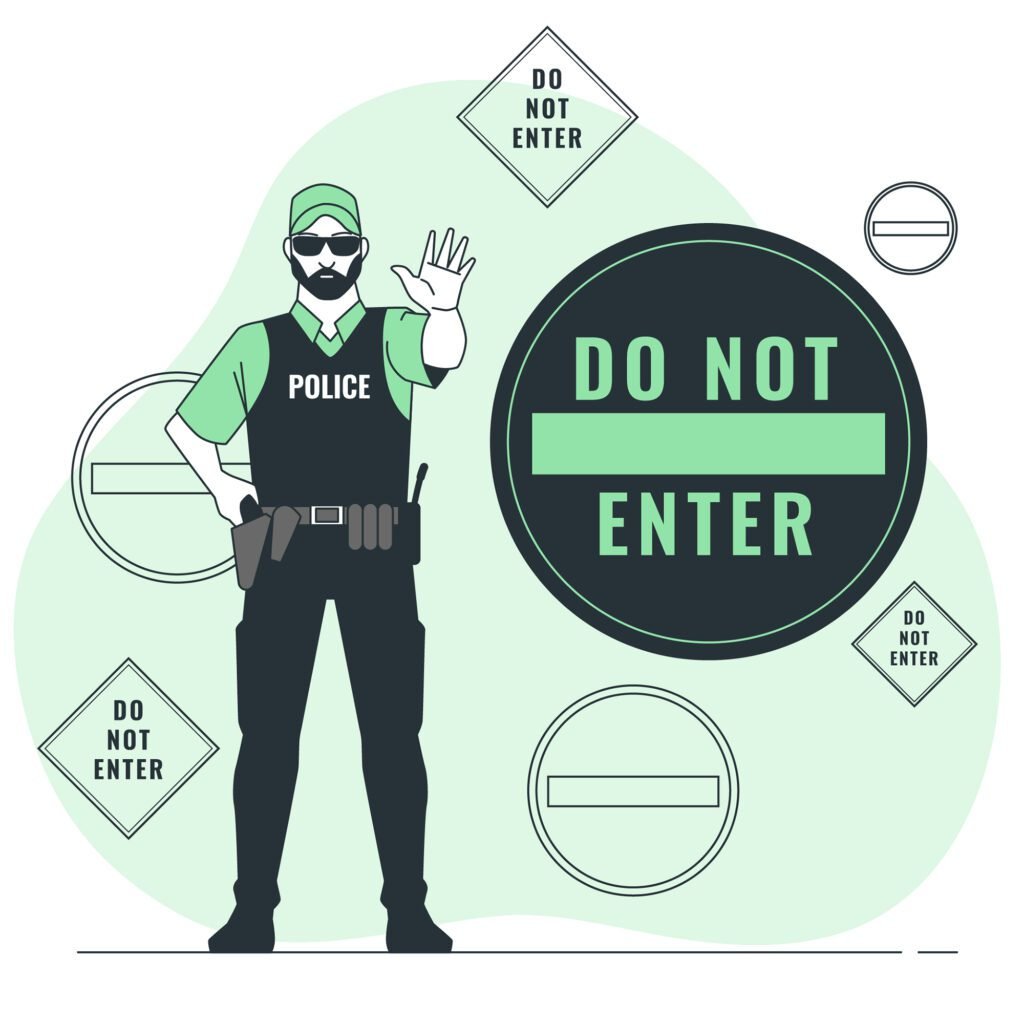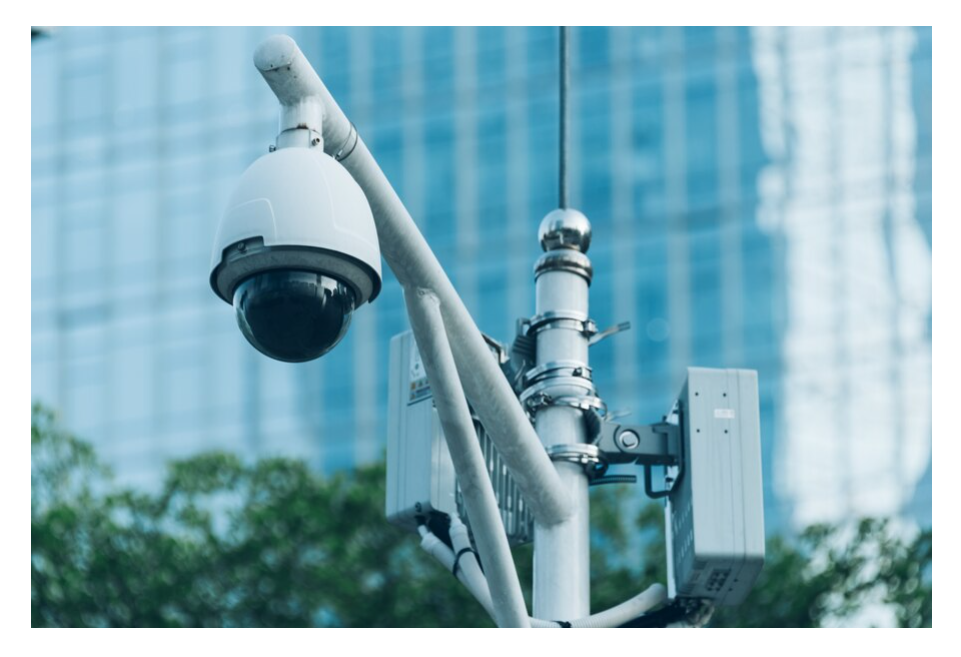Table of Contents
Toggle“Unraveling the Surge: Investigating the Factors Behind Rising Crime Rates in Society”

In recent years, societies around the world have witnessed a concerning trend: rising crime rates. From petty theft to violent offenses, communities are grappling with the repercussions of increased criminal activity. To address this issue effectively, it’s essential to delve into the complex web of factors that contribute to this surge in crime.
One significant factor behind the rising crime rates is socioeconomic inequality. Disparities in income, education, and employment opportunities can create an environment where individuals feel marginalized and excluded from mainstream society. Faced with limited options for economic advancement, some may turn to crime as a means of survival or as a way to attain material wealth.
Moreover, inadequate access to education and job training programs can perpetuate a cycle of poverty and crime. Without the necessary skills and qualifications to secure stable employment, individuals may resort to illegal activities to support themselves and their families. Addressing the root causes of socioeconomic inequality through policies that promote equal opportunities and social mobility is crucial in mitigating crime rates.
Another contributing factor is the prevalence of substance abuse and addiction. Drug trafficking and substance-related offenses contribute significantly to crime statistics in many communities. Substance abuse not only impairs judgment and increases the likelihood of engaging in criminal behavior but also fuels a lucrative underground economy that perpetuates violence and instability.
Furthermore, the accessibility of firearms exacerbates the problem of violent crime. Easy access to guns, whether through legal or illegal means, increases the likelihood of lethal confrontations and escalates the severity of criminal offenses. Implementing stricter gun control measures and investing in initiatives to reduce the proliferation of firearms can help curb violent crime rates.

Social factors also play a significant role in shaping criminal behavior. Family breakdown, dysfunctional home environments, and lack of positive role models can contribute to juvenile delinquency and antisocial behavior. Investing in family support programs, counseling services, and community outreach efforts can provide at-risk individuals with the support and guidance they need to make positive life choices.
Moreover, the impact of technology on crime cannot be overlooked. The internet and social media have facilitated new forms of criminal activity, such as cybercrime, identity theft, and online fraud. Law enforcement agencies must adapt to these evolving threats by enhancing their technological capabilities and collaborating with international partners to combat cybercriminal networks effectively.

In conclusion, rising crime rates in society are influenced by a multitude of interconnected factors, including socioeconomic inequality, substance abuse, access to firearms, social disintegration, and technological advancements. Addressing these complex issues requires a comprehensive approach that involves policymakers, law enforcement agencies, community organizations, and individuals alike. By understanding the root causes of crime and implementing targeted interventions, we can work towards creating safer and more prosperous communities for all.
Disadvantages of growing crime in society
Growing crime in society brings forth a plethora of disadvantages that permeate various aspects of communal life, leaving detrimental impacts on individuals, communities, and the broader social fabric. Here are some notable disadvantages:
Threat to Public Safety
Increasing crime rates create an atmosphere of fear and insecurity, making individuals and communities feel vulnerable. The fear of victimization can lead to a decrease in public trust, reluctance to engage in outdoor activities, and a diminished sense of safety in one’s own neighborhood.
Economic Consequences
Crime imposes significant economic burdens on society. Businesses incur losses due to theft, vandalism, and fraud, which can lead to decreased profitability and potential closures. Moreover, crime adversely affects property values, hampers investment, and deters tourism, thereby impeding economic growth and development.
Psychological Impact
Living in a high-crime environment can have profound psychological effects on individuals. Constant exposure to crime and violence can lead to heightened stress, anxiety, and trauma, particularly among children and vulnerable populations. The pervasive fear of crime can negatively impact mental well-being, contributing to a sense of helplessness and despair.
Social Disruption
Growing crime rates can disrupt social cohesion and erode trust within communities. Suspicion and fear may permeate interpersonal relationships, leading to social isolation and a breakdown of community bonds. Marginalized groups, such as minorities and low-income populations, may face heightened discrimination and stigmatization, exacerbating social inequalities and widening societal divisions.
Strain on Criminal Justice System
The surge in crime places immense pressure on the criminal justice system, leading to overcrowded prisons, backlogs in court cases, and stretched resources for law enforcement agencies. Limited resources for rehabilitation and reintegration programs hinder efforts to address the root causes of crime and break the cycle of recidivism, perpetuating the cycle of crime.

Impact on Quality of Life
Growing crime rates diminish the overall quality of life for individuals and communities. Fear of crime restricts individuals’ freedom of movement and inhibits their ability to enjoy public spaces. Moreover, crime-related trauma and victimization can have long-lasting effects on individuals’ physical and emotional well-being, impairing their ability to lead fulfilling lives.
Disruption of Social Services
Crime diverts resources away from essential social services, such as healthcare, education, and infrastructure development. Scarce resources that could be allocated to improving social welfare are instead directed towards combating crime and maintaining public safety, leading to disparities in service provision and exacerbating social inequalities.
In summary, the disadvantages of growing crime in society are manifold, encompassing issues related to public safety, economic stability, psychological well-being, social cohesion, and the effectiveness of the criminal justice system. Addressing these challenges requires a multifaceted approach that involves collaboration between government agencies, law enforcement, community organizations, and individuals to create safer, more resilient communities for all.
“Combatting the Surge: Effective Strategies to Control Increasing Crime rates in Society”

In the face of rising crime rates, communities must proactively implement effective strategies to curb this troubling trend. Here are several key approaches:
Community Policing Initiatives
Foster strong partnerships between law enforcement agencies and local communities. Implement community policing programs that encourage collaboration, trust-building, and information sharing between police officers and residents. Engage in community outreach efforts to address underlying issues and prevent crime before it occurs.
Targeted Enforcement
Focus law enforcement efforts on high-crime areas and hotspots where criminal activity is most prevalent. Deploy resources strategically to disrupt criminal networks, apprehend offenders, and deter future criminal behavior. Utilize data-driven policing techniques to identify trends and allocate resources effectively.
Investment in Crime Prevention Programs
Allocate resources to support crime prevention initiatives, including after-school programs, mentorship programs for at-risk youth, substance abuse treatment, and mental health services. Address underlying social and economic factors that contribute to criminal behavior, such as poverty, unemployment, and lack of access to education.
Enhanced Surveillance and Technology
Deploy advanced surveillance technologies, such as CCTV cameras, license plate recognition systems, and predictive analytics, to enhance situational awareness and improve response times. Leverage technology to identify crime patterns, gather evidence, and apprehend suspects more efficiently to control crime rates.

Community Engagement and Empowerment
Empower communities to take an active role in crime rates prevention efforts. Encourage residents to participate in neighborhood watch programs, report suspicious activities, and work collaboratively with law enforcement to address local concerns. Foster a sense of ownership and pride in community safety.
Youth Outreach and Intervention
Invest in programs that provide positive alternatives for youth and divert them away from criminal activity. Offer mentoring, educational opportunities, and recreational activities to engage young people and steer them away from delinquent behavior. Address risk factors such as gang involvement, substance abuse, and academic failure early on.
Restorative Justice Approaches
Implement restorative justice practices that focus on repairing harm, addressing underlying causes of criminal behavior, and promoting rehabilitation and reconciliation. Emphasize accountability, empathy, and healing for both victims and offenders to foster a sense of closure and restore community trust.
Collaborative Partnerships
Forge partnerships between government agencies, non-profit organizations, businesses, and community stakeholders to develop holistic approaches to crime prevention and intervention. Pool resources, expertise, and networks to address complex social issues and tackle the root causes of crime collaboratively.
By implementing a combination of these strategies and fostering collaboration among stakeholders, communities can effectively combat the surge in crime and create safer, more resilient environments for all residents. It requires a concerted effort, dedication, and ongoing commitment to prioritize public safety and address the underlying factors that contribute to criminal behavior.

Pingback: Nuclear Weapons and Their Threat to Humanity: unveiling men0
Good job
Pingback: Communities: "Mastering the Social Media Pros and Cons 00
Pingback: journalists function in society is complex and vital. Here 0
Pingback: That Face Challenges Comparing Global Crime Rates: The Saf 0